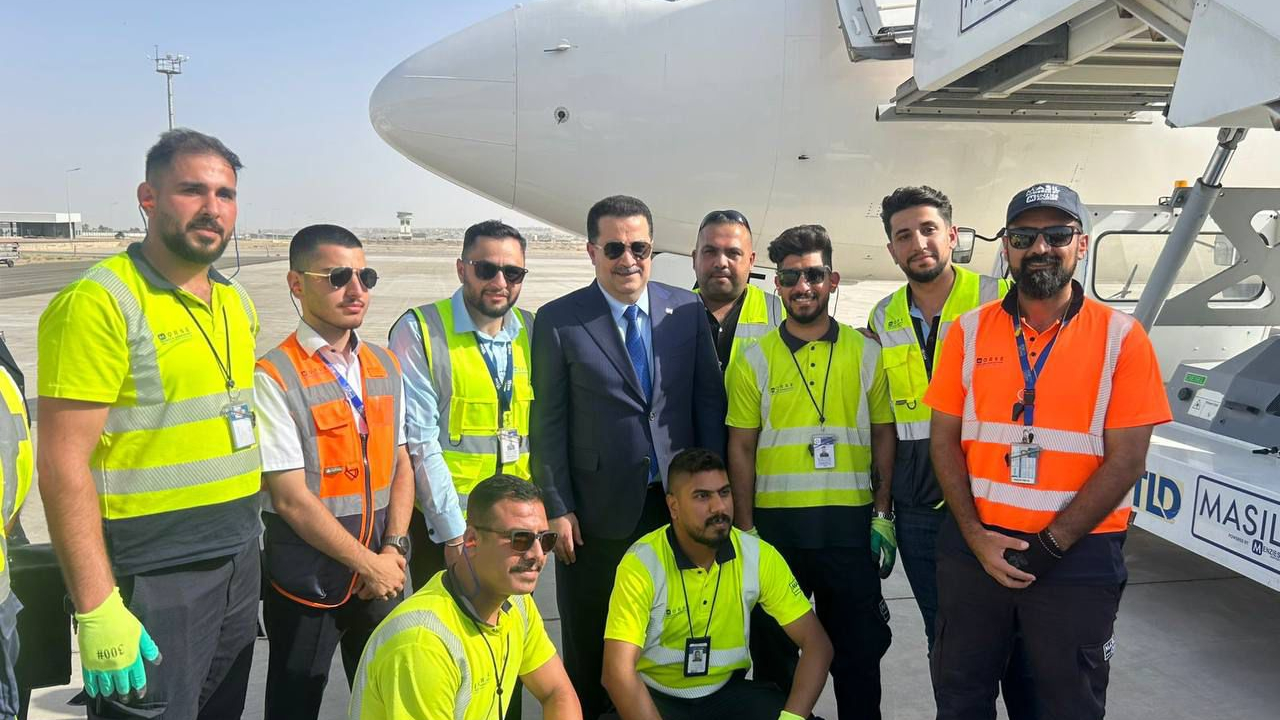New domestic routes help to put Oman on the map
The Sultanate of Oman is the second largest country on the Arabian Peninsula. Rich in natural resources – petroleum, natural gas, copper, fishery and agriculture – it is also a cultural hub with breathtaking scenery, beautiful beaches and a traditional approach to tourism. Marcelle Nethersole reports.

The ancient city of Muscat
Oman receives 1.4 million visitors a year and that number is soon to increase following the tourism promotion of two locations, new hotels, an increase in domestic flights and the upgrade and expansion of Muscat International Airport.
“ Oman isn’t just about Muscat,” says Nigel Stoker, MD of Oman Holidays – a division of Oman Air that is hoping to emulate the inbound successes enjoyed by Emirates Holidays and Qatar Holidays.
“Oman has beautiful destinations that have been opened up. Oman Air operates between Muscat and Salalah, which is known for its beautiful waterfalls, soaring limestone cliffs, palm-lined beaches and world-famous heritage attractions.”
A rich and fertile land, Salalah
is attractive to tourists as the weather is always balmy and hardly ever exceeds 30 degrees Celsius. It is
the only region in the Gulf to receive the Khareef monsoon showers, which fall from July to September
. There is abundance of wildlife and some of the finest, most unspoiled diving in the Arabian Peninsula. “What more could you ask for in a vacation?” asks Stoker.
The other domestic location being promoted is Khasab, where Oman Air is the only airline to fly.
“Khasab, is the capital of the Musandum region,” says Stoker. “It is surrounded by imposing and dramatic mountains that dominate the area, with some peaks above 2,000 metres. The setting against the mountain background is spectacular.”
The Kumzan fort is just outside Khasab. It was built in about 1,600 AD by the Imam but little is left today.
Near to Khasab is the village of Tawi, where there are prehistoric rock carvings of warriors, boats and animals. “The biggest draw, however, is the diving opportunity in Khasab,” says Stoker. “You can enjoy spectacular underwater cliffs and there is an abundance of marine life at sites just a short boat ride away. Already we have a lot of visitors to Muscat mainly from the GCC, followed by UK, Germany and then the Indian subcontinent.”
Oman Air hopes that the promotion from the new subsidiary will help drive up the traffic.
New hotels and resort-style developments are already in place and Oman Air Holidays is offering packages such as a three-days and two nights in the four-star Golden Tulip hotel with a twin room and complimentary breakfast for RO 99 (just over $250) excluding taxes.
Airports are also preparing for an increase in flights and are working with route planners to attract more international carriers to the new destinations.
“ At the moment there are projects to build several new regional airports and these will be completed over the next few years,” says Stoker “ Currently there are three airports – Muscat, Salalah and Khasab – with Oman Air also operating domestic flights for the Petroleum Development of the Sultanate . As an airline we have recently increased our frequencies to Khasab to daily services and this is proving popular. These are being predominantly promoted to Oman and other GCC countries flying via Muscat.”
Lush lands around Salalah
Oman’s government has just signed a series of agreements for the construction of the new domestic airports as well as the modernisation of the two international gateways in Muscat and Salalah.
The contracts, totalling around $1.5billion, will lay the groundwork for the development of a comprehensive and modern network of airports that will fuel the socio-economic growth in the different regions of the country as well as tourism.
In all, 13 contracts were signed by Dr Khamis Bin Mubarak Al Alawi, Minister of Transport and Communications, with a number of local and international firms. The biggest contract involves upgrading Muscat and Salalah international airports. At roughly $1.16bn, the contract is the largest civil infrastructure project awarded by the Omani government so far this year. Total investment in both airport developments is estimated at well over $3bn.
When operational by early 2013, the new Muscat International Airport will boast a new runway, several taxiways and aprons, and a state-of-the-art terminal equipped to handle 12 million passengers per year. Salalah International Airport will be modernised to cater to the city’s rapid growth as a tourism destination and major transhipment hub and free zone.
The contracts will also pave the way for the construction of new domestic airports aimed at business rather than tourism. These are at Sohar, Adam and Duqm and are among a total of six new domestic airports planned by the government in the different regions of the country.
Sohar, located around 200km north of Muscat, is already a major port and industrial hub and the site of an ambitious Special Economic Zone.
Duqm, on the Sultanate’s southeastern coast, is already targeted for development as the site of a world-scale port and dry dock complex, alongside a major industrial hub.
The domestic airport at Adam will serve as a gateway to the vast central desert heartland of the country. Three other airports are planned at Ras Al Hadd (Sharqiya region), Haima (Wusta region) and Shaleem (Dhofar Governorate).
“Major international airlines are adding Muscat International Airport to their routes, facilitating travel to an increasing number of worldwide destinations and the exotic destinations of Salalah and Khasab will, in the long run, further boost tourism projects and investments as well as aid in the diversification of the nation’s economy, providing employment to the eligible national cadres,” says Stoker.
Stay up to date
Subscribe to the free Times Aerospace newsletter and receive the latest content every week. We'll never share your email address.

